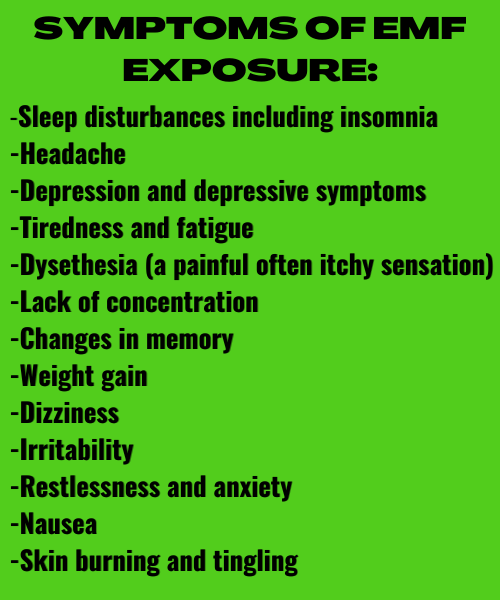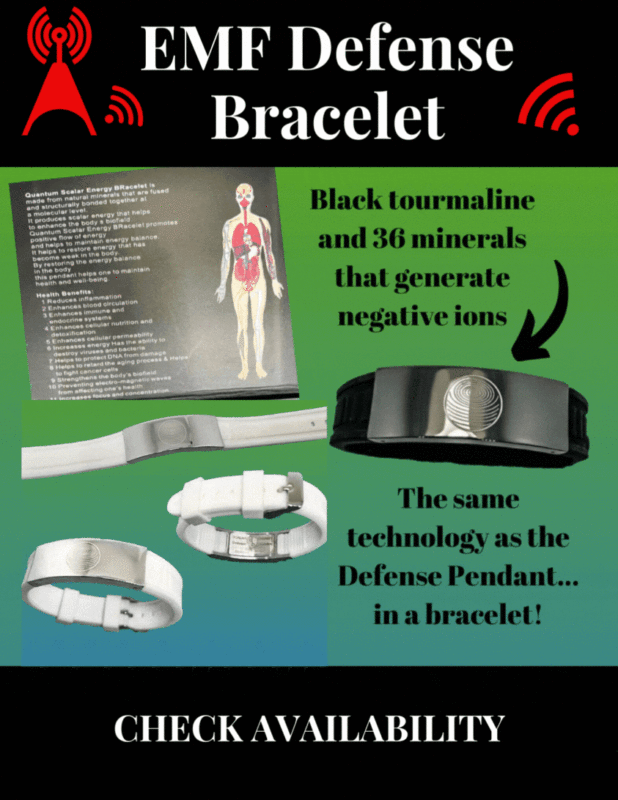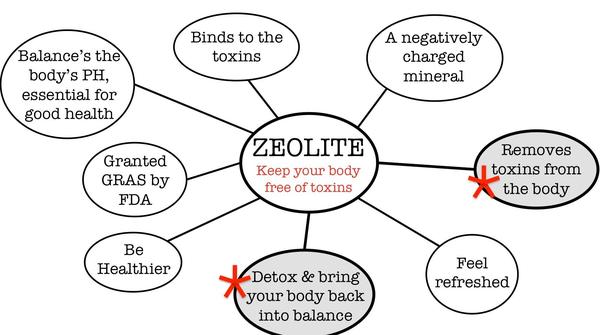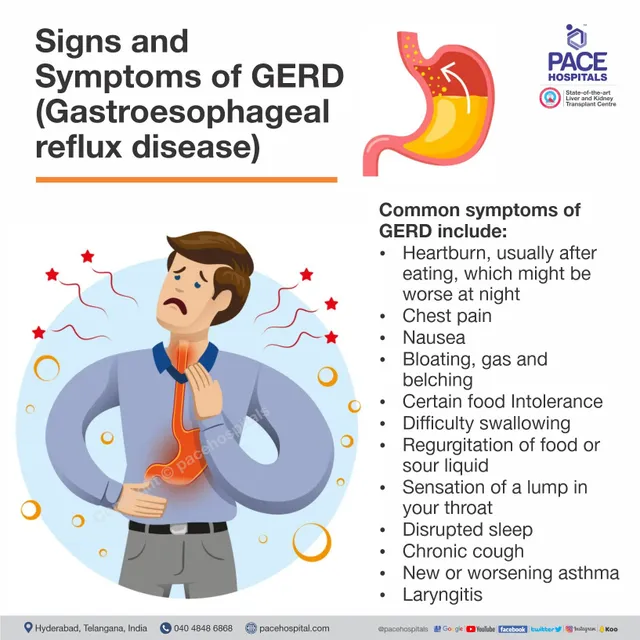
Learn about the risks of EMF exposure from WiFi technology, how to reduce your exposure, and the future impact on our health. Protect yourself today.
Table of Contents
EMF Exposure from WiFi: What You Need to Know
Brief Overview of the Topic
WiFi has become an essential part of our daily lives, with most of us using it on a regular basis. However, along with this convenience comes the risk of exposure to electromagnetic fields (EMFs) that are emitted by WiFi devices. While there is still ongoing debate about the potential health risks associated with EMF exposure from WiFi, it’s important that we understand what EMFs are and how they can affect our health.
What is EMF Exposure?
Electromagnetic fields (EMFs) are invisible areas of energy that are produced by electronic devices. These fields are made up of both electric and magnetic components and can vary in strength depending on the device and its usage. Examples of electronic devices that emit EMFs include cell phones, laptops, tablets, and Wi-Fi routers.
When we use these devices regularly or stay in close proximity to them for extended periods, we can experience EMF exposure. This kind of exposure has been linked to a range of health issues such as headaches, fatigue, sleep disturbances and even more serious conditions like cancer.
What is WiFi?

Wifi stands for Wireless Fidelity which is a technology that allows us to connect to the internet wirelessly via radio waves transmitted between devices. Wifi technology enables us to access information on mobile phones, tablets and laptops without physical cables or cords.
Wifi operates at various frequencies ranging from 2.4GHz up to 5GHz which means it emits electromagnetic radiation in the form of radio waves. The intensity or power level at which these waves are emitted depends on how close we are to the source emitting them.
While wifi has revolutionized the way we connect with each other and access information online making our lives more convenient than ever before, it also comes with risks. The radiation emitted by wifi can have adverse effects on our health, especially if we are exposed to it for prolonged periods.
The Dangers of EMF Exposure from WiFi
Exposure to EMFs from WiFi devices can have a range of negative health effects. These include headaches, dizziness, fatigue, sleep disturbances and even more serious conditions like cancer. Studies have shown that exposure to high levels of EMFs over long periods can damage DNA and increase the risk of cancerous tumors forming in the body.
Furthermore, it’s been suggested that exposure to EMFs from WiFi could affect our nervous system and lead to cognitive problems such as memory loss or difficulty concentrating. Young children are particularly vulnerable as their developing brain is more sensitive to the effects of radiation which could lead to developmental issues.
How You Can Reduce Your Exposure to EMF Radiation
There are several steps you can take to reduce your exposure to EMFs from WiFi devices. One way is by limiting your use of electronic devices that emit high levels of EMFs such as laptops and cell phones. You could also switch off your wifi router when not in use or at night when sleeping.
Another option is investing in a low-EMF router or other products designed specifically for reducing electromagnetic radiation. It’s also important to consider how close you are physically positioned with respect your device emitting the emf radiation so limit proximity where possible.
While WiFi has made our lives more convenient than ever before, it’s important we understand the potential dangers associated with prolonged exposure to electromagnetic fields (EMFs). By taking simple steps like reducing electronic device usage and being mindful about reducing proximity between ourselves and these devices we rely on so much today ,we can help protect ourselves against the potential harmful effects of this technology.
What is WiFi?
In today’s world, it’s difficult to imagine life without WiFi. Whether you’re at home, at work, or on the go, WiFi has become an essential part of our daily lives.
But what exactly is WiFi? In simple terms, WiFi is a wireless technology that allows electronic devices to connect to the internet and share data without cords or cables.
Also Check Out: EMF Defense Pendant Review
Definition and Explanation of WiFi Technology
WiFi is a type of wireless networking technology that uses radio waves to provide high-speed internet and network connections. The term “WiFi” stands for Wireless Fidelity, which was created by the non-profit Wi-Fi Alliance as a catchy name for this new technology.
Unlike wired connections which require cables or wires to transmit data between devices, WiFi uses radio waves that are transmitted through the air. These radio waves are picked up by antennas in electronic devices such as laptops, smartphones and smart home appliances.
How It Works
The process of connecting your device to the internet via WiFi involves several steps. First, your device detects available networks within range by scanning for signals from nearby access points (AP).
Once you’ve selected a network and entered its password (if required), your device sends a connection request to the AP using one of several wireless protocols such as 802.11a/g/n/ac or newer standards like 6e. The AP then authenticates your device’s connection request and assigns it an IP address so it can communicate with other devices on the same network or use the internet through its gateway.
The Benefits of Using WiFi
There are many benefits to using WiFi over traditional wired connections. One major advantage is convenience; because there are no cords or cables needed with Wifi so you can connect without having to worry about tripping over wires.
Another benefit of using Wifi is mobility; since Wifi provides a wireless connection, you can use your devices anywhere within range of your network. And with newer Wifi standards, you can experience faster speeds than ever before, making it possible to stream movies in HD or play online games without lag.
Many people appreciate the ability to connect multiple devices to the same network at once. This is particularly useful in homes and offices where several people may need to access the internet simultaneously from different devices.
The Dangers of EMF Exposure from WiFi
WiFi is a technology that has become deeply ingrained in our lives. It allows us to connect to the internet and access information from anywhere in our homes or even public spaces.
But what many people don’t realize is that WiFi also emits electromagnetic radiation, which can be harmful to our health. EMF radiation is a form of energy that comes from many different sources, including WiFi routers.
When you connect to your WiFi network, your device sends and receives information through electromagnetic waves, which can penetrate walls and other obstacles. But when you’re constantly exposed to these waves over time, it can have serious consequences for your health.
Studies have linked EMF exposure from WiFi to a range of health problems, including headaches, fatigue, sleep disturbances, and more. Some researchers also believe that prolonged exposure to EMFs may increase the risk of certain types of cancer.
In fact, the World Health Organization (WHO) has classified EMFs as a possible carcinogen (cancer-causing agent), based on evidence suggesting an increased risk of brain tumors among heavy cell phone users, which emit similar levels of radiation as WiFi routers. So while using WiFi may seem harmless enough in the short term, it’s important to be aware of the potential risks associated with prolonged exposure.
How Does WiFi Emit EMF Radiation?
To understand how WiFi emits EMF radiation, you first need to know a little bit about how it works. When you connect to your home or office network wirelessly through your computer or mobile device like a smartphone or tablet computer your device communicates with the router utilizing radiofrequency signals on specific bands such as 2.4 GHz or 5 GHz that are in turn encoded and decoded by specialized software algorithm providing wireless access points throughout its coverage area .
However, these radiofrequency signals are actually forms of electromagnetic energy that penetrate materials like walls and human tissue. This means that when you’re near a WiFi router, you’re being exposed to high levels of electromagnetic radiation.
The strength of this radiation is measured in units known as milliwatts per square meter (mW/m2). While the typical power output of a WiFi router is relatively low, ranging from 10 to 100 milliwatts, the cumulative effect of prolonged exposure can add up over time.
Health Risks Associated with Prolonged Exposure to EMF Radiation
The health risks associated with prolonged exposure to EMF radiation from WiFi are significant. In addition to the headaches and fatigue mentioned earlier, studies have also linked EMF exposure to DNA damage and oxidative stress at the cellular level.
This can lead to an increased risk of cancer, as well as other diseases like Alzheimer’s and Parkinson’s. Some researchers also believe that EMFs may contribute to behavioral problems in children and adolescents due to their effects on brain function.
While the long-term effects of WiFi-related EMF exposure are still not fully understood, it’s clear that there is cause for concern. And with so many people relying on WiFi for everything from work tasks to entertainment, it’s important that we take steps now to protect ourselves while continuing to enjoy the benefits that technology has to offer.
How to Reduce Your Exposure to EMFs from WiFi
Tips for reducing your exposure to EMFs from WiFi
EMF radiation is everywhere, but we can take steps to limit our exposure. When it comes to WiFi, there are several things you can do to reduce your exposure.
One simple tip is to turn off your WiFi router at night when you’re not using it. This will reduce the amount of EMF radiation in your home while you sleep.
Another tip is to keep your distance from the router when it’s in use. The closer you are, the more you’ll be exposed.
Another way to reduce your exposure is by using a wired connection instead of WiFi. This might not be feasible for all devices, but for those that have a port for an Ethernet cable, using a wired connection will eliminate the need for WiFi altogether.
Consider using shielding products like EMF blocking fabric or paint. These products can help block some of the radiation emitted by electronic devices and reduce overall exposure.
Ways to limit your use of electronic devices that emit high levels of EMFs
WiFi isn’t the only source of electromagnetic radiation in our lives. There are many other electronic devices that emit high levels of EMFs, including cell phones and laptops. To limit your overall exposure, try these tips:
– Use speakerphone or headphones when talking on your cell phone instead of holding it up against your head. – Keep electronic devices away from your body as much as possible – this means not putting them in pockets or under pillows while sleeping.
– Limit screen time before bed – not only does this give our eyes a break, but it also reduces our overall exposure to EMFs. – Consider switching out wireless baby monitors with wired ones – this will eliminate the need for constant wireless communication and therefore reduce overall exposure.
Reducing our overall exposure to EMFs is an important step in protecting our health. By taking simple steps like turning off WiFi at night and limiting screen time, we can reduce our exposure and live healthier lives.
The Future of WiFi Technology and Its Impact on Our Health
Wireless Charging
One of the latest advancements in WiFi technology is wireless charging. This technology allows us to charge our phones without plugging them into an electrical outlet. However, this new technology also comes with potential health risks.
Wireless charging emits a higher level of EMF radiation than traditional charging methods. This increased exposure could lead to long-term health problems, including cancer and other serious illnesses.
5G Technology
Another emerging technology that will have a significant impact on our health is 5G. 5G promises faster internet speeds and increased connectivity for all electronic devices.
However, some experts warn that it could also be harmful to our health. The higher frequency of 5G waves means that they are much more powerful than those emitted by previous generations of wireless technology, potentially causing more damage to living tissue.
The Internet of Things (IoT)
The Internet of Things (IoT) refers to the growing trend where everyday objects are connected to the internet and can communicate with one another wirelessly. While IoT has the potential to make our lives more convenient and efficient, it also has significant health implications due to increased EMF exposure from multiple sources simultaneously.
The Importance of Continued Research on the Long-Term Effects of EMF Exposure
The Need for Further Testing
Despite concerns about the potential dangers associated with prolonged EMF exposure from WiFi and other sources, research in this area is still limited. More extensive studies are needed to determine whether or not low levels of EMF exposure over extended periods can cause long-term damage.
Risk Assessment for New Technologies
To minimize potential harm associated with new technologies like wireless charging, 5G networks, and IoT devices, we need comprehensive risk assessments that take into account the potential risks posed by EMF exposure. This will require significant research and development in the field of EMF exposure.
The Role of Government and Industry
Governments and industries have a responsibility to ensure that the products they produce and promote are safe for consumers. As such, they should invest in research on the long-term effects of EMF exposure to help minimize potential health risks associated with new technologies such as WiFi. While WiFi technology has revolutionized the way we communicate and access information, it also poses significant health risks due to prolonged exposure to EMF radiation.
The emergence of new technologies like wireless charging, 5G networks, and IoT devices means we need ongoing research efforts to ensure their safety. Governments and industry leaders must work together to advance knowledge about the long-term effects of EMF exposure on human health so we can make informed decisions about using these technologies safely.
ConclusionRecap on the dangers and risks associated with prolonged exposure to EMFs from WiFi
After reviewing the potential health risks associated with extended exposure to EMF radiation from WiFi, it is clear that we need to take steps to protect ourselves and our loved ones from these dangers. The constant use of electronic devices that emit high levels of EMFs has become a regular part of our daily lives.
As a result, many people have unknowingly put themselves at risk for significant health problems. The World Health Organization has classified EMF radiation as a possible carcinogen, meaning it could potentially cause cancer in humans.
This is not something that can be taken lightly. Continued exposure to high levels of EMFs has also been linked to symptoms such as fatigue, headaches, and sleep disturbances. Final thoughts on how we can protect ourselves while still enjoying the benefits that technology has to offer
While technology is undoubtedly beneficial in numerous ways, we must take measures to reduce our risk of prolonged exposure to damaging EMF radiation from WiFi. One of the most effective ways is by limiting our use of electronic devices that emit high levels of these waves.
We should also consider using protective shielding products such as laptop pads, cellphone cases or tablet covers to reduce their emissions when placed on your lap or in close proximity since they can significantly reduce your EMF exposure. Additionally, you may want to create a designated space for electronics so all devices aren’t kept in one area which would concentrate emissions around you.
Furthermore, there are simple lifestyle changes that we can make like reading books instead of browsing social media before bed and taking breaks from screens during work hours which would also help significantly lower our overall exposure. Protecting ourselves from harmful EMF radiation should be taken seriously.
While being mindful and limiting our use might seem inconvenient at times- it’s worth doing so if it means reducing your risk of cancer, chronic fatigue and other serious health concerns. By taking these precautions, we can still enjoy the many benefits of technology while reducing our exposure to dangerous EMFs












